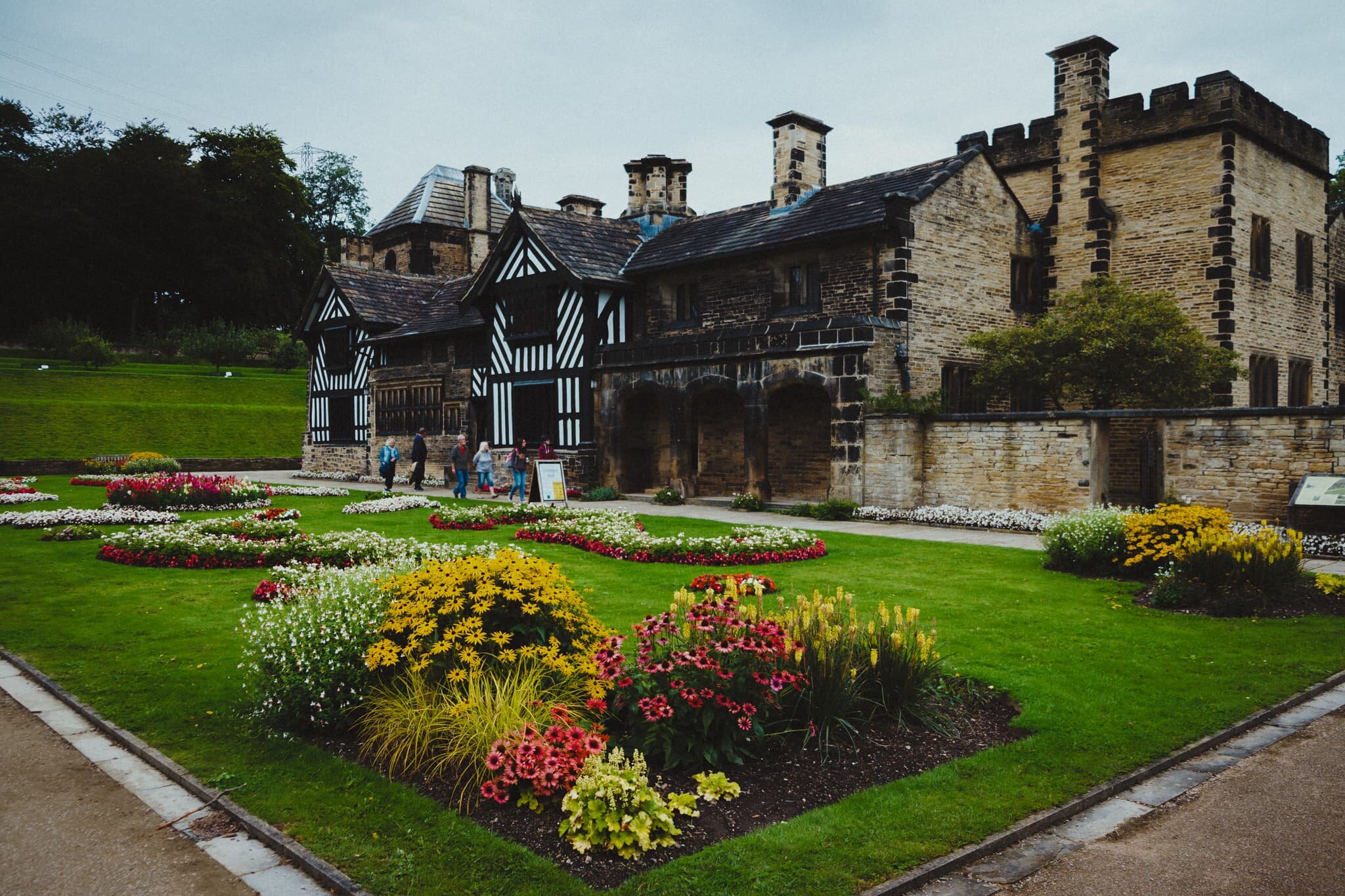Shibden Hall, West Yorkshire, Autumn
There are some seriously old buildings in Britain.
There are some seriously old buildings in Britain.
We didn’t have an exact itinerary for our recent mini-break but we were given a strong recommendation—by my employer—to check out Shibden Hall, just outside Halifax in West Yorkshire.
Turns out that was an excellent suggestion.
Shibden Hall dates back to around 1420AD when it was recorded as being owned and lived in by the Otes family, making the house around 600-years old. The house passed between families until 1615 when the Shibden estate came into possession of the Lister family, wealthy mill-owners and cloth merchants, who then continuously lived in and inherited the house for the next 300 years.
Perhaps the house’s most well-known inhabitant was Anne Lister, who took charge of the place from 1826 until her death in 1840. She made numerous improvements and additions to the house in her time but more than that she became known as a prolific diarist, writing almost 4 million words. Amongst her recording of daily life in Shibden Hall, as well as current events of the time, a sixth of her diaries were written in a simple code she devised from a combination of algebra and greek letters. These coded entries, later translated by the last inhabitant of Shibden Hall (John Lister), detailed her lesbian identity and sexual relations she enjoyed.
As a result, she is nowadays often cited as the “first modern lesbian” for her honest identity and lesbian lifestyle, despite the openly hostile societal norms of the time.
The history of the families, especially of the Listers, seems almost embedded in the very fabric of the house.
All photos shot on a Fujifilm X-T2 with a Fujinon 18–55mm f/2.8–4.0 lens using a customised Classic Chrome film profile.
Not long after taking charge of the property and estate, Anne Lister hired landscaper Samuel Gray in 1830 to make dramatic improvements to the house and gardens. Now in public ownership, the gardens around the house have been lovingly restored. Despite 600 years of changes and improvements the Tudor-era half-timbered frontage remains its most iconic feature.
The Study, one of the additions Anne Lister made to Shibden Hall.
The Dining Room. One thing that struck me about Shibden Hall was how much wood was used. And also the sheer level of detail in the intricate carvings on the chair backs.
The Guest Bedroom, which overlooked the lawn.
The Red Room. This became Ann Walker’s bedroom, who was Anne Lister’s longest and last partner. They underwent the first same-sex marriage, without legal recognition, in 1834 at the Holy Trinity Church in York. After Anne Lister died, Ann Walker locked herself in this room, fearing eviction; she was shortly declared “unsound of mind” and removed from the house.
The Oak Bedroom. On the bed is a Bed Warmer. Before central heating houses were often cold and damp in the winter. The warming pan was used in beds to warm them and get rid of the damp. It was filled with hot charcoal or ashes from the fireplace and then pushed into the bed.
Behind the house one can access the courtyard containing the original Aisled Barn and the Folk Museum, set up to house and reflect the on-site workrooms that employees of the Shibden Estate worked in. This was the Saddler’s room, who worked with horse equipment.
Around the back of the Brew House, with old carriages.
The Cooper’s workshop. A cooper is a person trained to “make wooden casks, barrels, vats, buckets, tubs, troughs and other containers”.
A Wheelwright’s workshop, who were largely occupied with building and repairing wooden wheels for carts, wagons, traps, coaches, and carriages.
The Apothecary. These days you would call them a Pharmacy (or we tend to say a “Chemist’s” in modern Britain).
This is an example of a Victorian Estate Worker’s cottage. Literally one-up/one-down, these two rooms would house large working families of 7–10 people.
The magnificent frontage and setting of Shibden Hall. What an incredible history.
